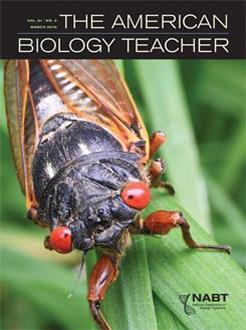Object-based learning is an approach that aims to foster observational skills and sensory awareness. Paradoxical plant objects that do not lend themselves to all-too-easy explanations and interpretations can be used to practice the search for ecological explanations and the formation of evolutionary hypotheses. They can be the basis of particularly fruitful and rewarding learning experiences. Gleditsia triacanthos, the honey locust, is a commonly planted ornamental tree. It exhibits striking structures of defense against – and fruit that point to a mutualism with – large animals. These structures, possibly developed in coevolution with Pleistocene faunas, invite a discussion of the complex, neither fully antagonistic nor fully mutualistic, relationships between plants and animals.
How to translate text using browser tools
1 March 2019
The Riddle of the Voodoo Tree: An Exercise in Ecological Thinking, Using the Example of the Honey Locust (Gleditsia triacanthos)
Marcel Robischon
ACCESS THE FULL ARTICLE
It is not available for individual sale.
This article is only available to subscribers.
It is not available for individual sale.
It is not available for individual sale.

The American Biology Teacher
Vol. 81 • No. 3
March 2019
Vol. 81 • No. 3
March 2019
ecological thinking
extinct megaherbivores
Gleditsia triacanthos
honey locust
plant defense structures
plant–herbivore interactions
systems thinking




